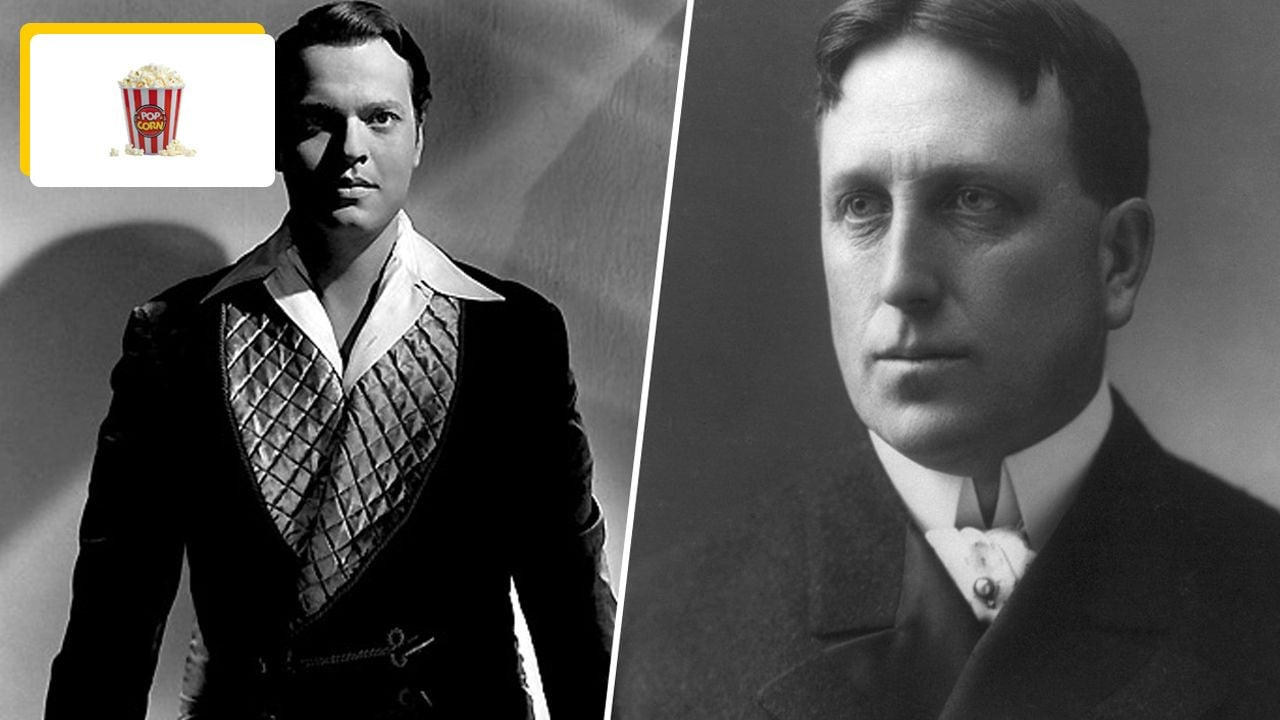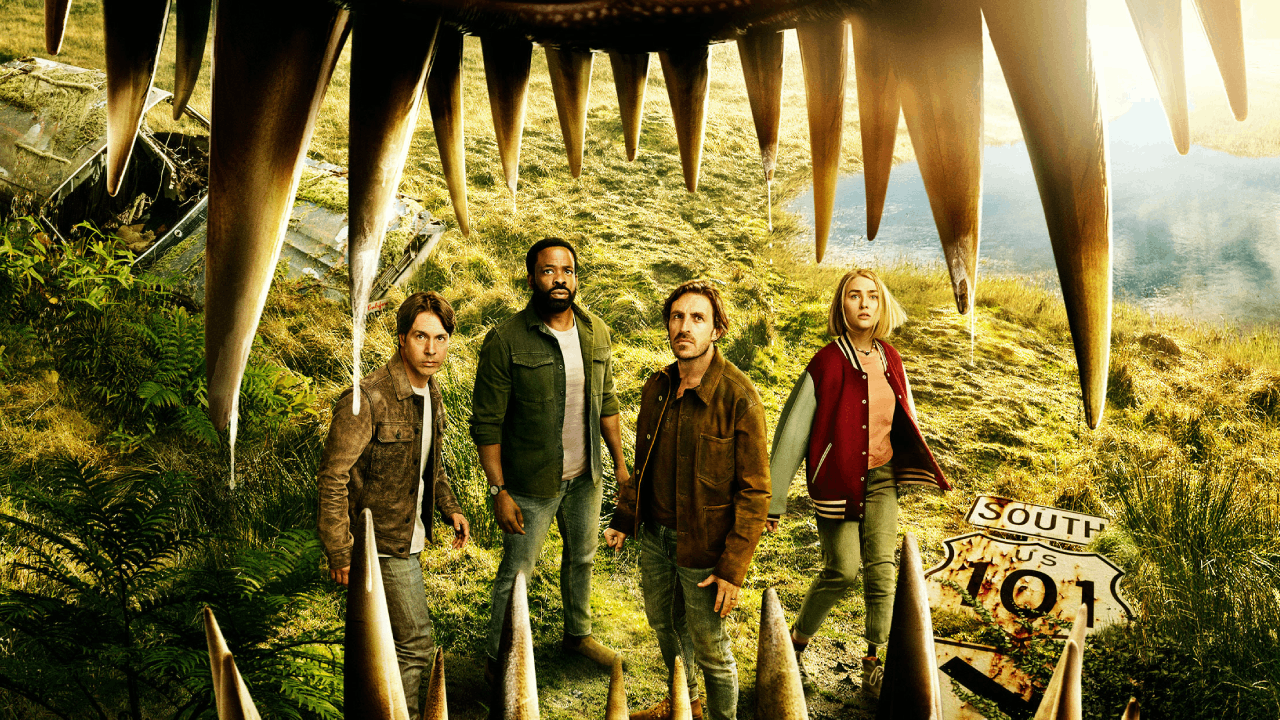Created by the trio of Ryan Murphy, Jaffe Cohen, and Michael Zam, Feud is a very interesting anthology series that presents the famous epic confrontation with each new season.
The first season was devoted to the legendary rivalry between two huge stars: Bette Davis and Joan Crawford, who clashed, literally and figuratively, on the set of Robert Aldrich’s extraordinary film What Ever Happened to Baby Jane? And even for filming.
Of course, there are other famous Hollywood relationships under very high strain. One in particular is legendary: between film director Orson Welles and press baron William Randolph Hearst.
“You take pictures, I’m going to war”
When it comes to press powerhouses today, none compares to the evil William Randolph Hearst. In fact, Hearst was so terrible that even his fiercest opponents did not dare to attack him, for fear of incurring the Olympian wrath and the wrath of a man of almost limitless influence.
The person who speaks best of this is undoubtedly Orson Welles, whose portrayal of Charles Foster Kane in his Citizen Kane borrows heavily from the tycoon’s life.
Many years after the release of his masterpiece, Orson Welles wrote these words in May 1975 regarding the source of his inspiration: “The truth is that Hearst was never as rich as Aristotle Onassis. Onassis’s power was only in his money. He could have bought an airline, an island, or a Greek colonel. But his place in history consists mainly of the gossip columns of the tabloid press. Hearst published these rumours; He practically invented it. The difference is huge.”
In fact, Hearst’s influence was such that there is even a famous anecdote about it. Photographer Frederick Remington, who worked for him and was assigned to cover the Spanish-American War in Cuba in 1898, complained by telegram to Hearst that there was not enough combat photography to keep him busy. To which Hearst replied: “You take photos, I’ll go to war.”
Hearst’s rage against Citizen Kane
To say that Hearst didn’t really like Welles’ film story, even if the mogul refused to watch it, goes without saying. He forbade his publications to even briefly review the film. He even tried to buy the original film in order to burn it, threatened theater operators showing the film, and lobbied the Academy intensively to prevent Welles’ film from winning an Oscar. The best movie was how green it was. my field
Among other reasons for anger at Hearst Wells’ film is the film’s female character, young Susan Alexander Kane, an opera singer who had fallen into alcoholism, played by Dorothy Comingor.

Many people associate this character with Hearst’s muse, actress Marion Davis, even if Orson Welles later denied that the actress was inspired to create the character.
Wells also said that Hearst hired a prostitute and a photographer to trap her and compromise her enough with a possible scandal to ruin her career. But Wells was tipped off by a police officer before the trap was set.
rose bud
Finally, there is another argument that explains Hearst’s hatred of Orson Welles and the film’s other screenwriter, Herman J. to Mankiewicz. But that’s an entirely unofficial argument, based on gossip at dinner parties and well-watered Hollywood parties, where good words — as well as bad — are thrown about openly.
Rosebud, the enigmatic and famous name uttered by Charles Foster Kane even on his deathbed, and which refers to the school that rocked the tycoon’s childhood, was actually a nickname given by Randolph Hearst to… Marion’s Pennys Davis; Or “Rosebud”…
A juicy anecdote, which, of course, reached the ears of Orson Welles and his screenwriter friend. And when we know that the film ends with this famous name on Welles’ lips, while the sled is burning…
Source: Allocine
Rose James is a Gossipify movie and series reviewer known for her in-depth analysis and unique perspective on the latest releases. With a background in film studies, she provides engaging and informative reviews, and keeps readers up to date with industry trends and emerging talents.






